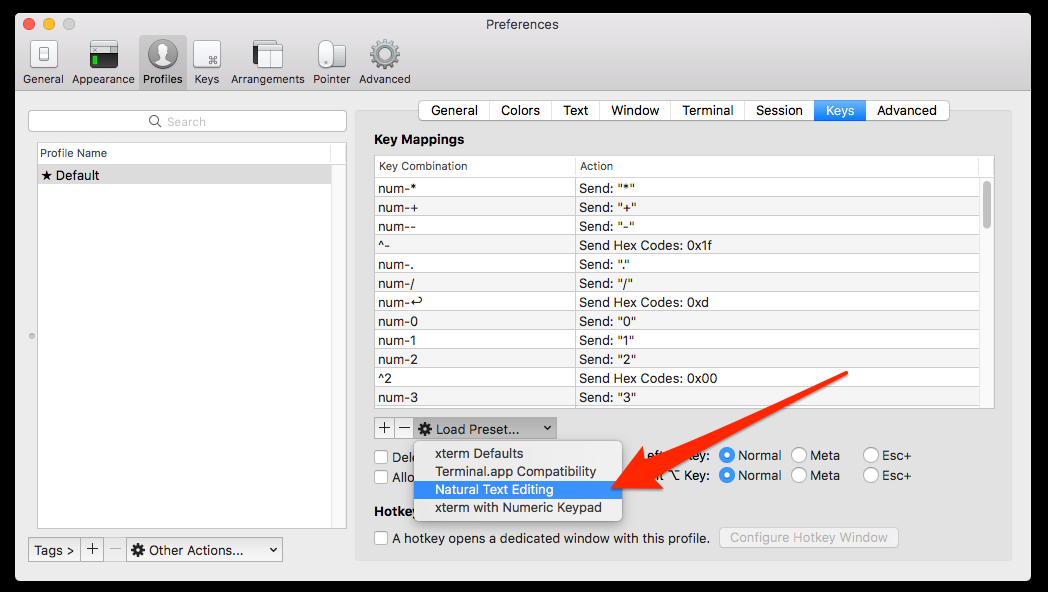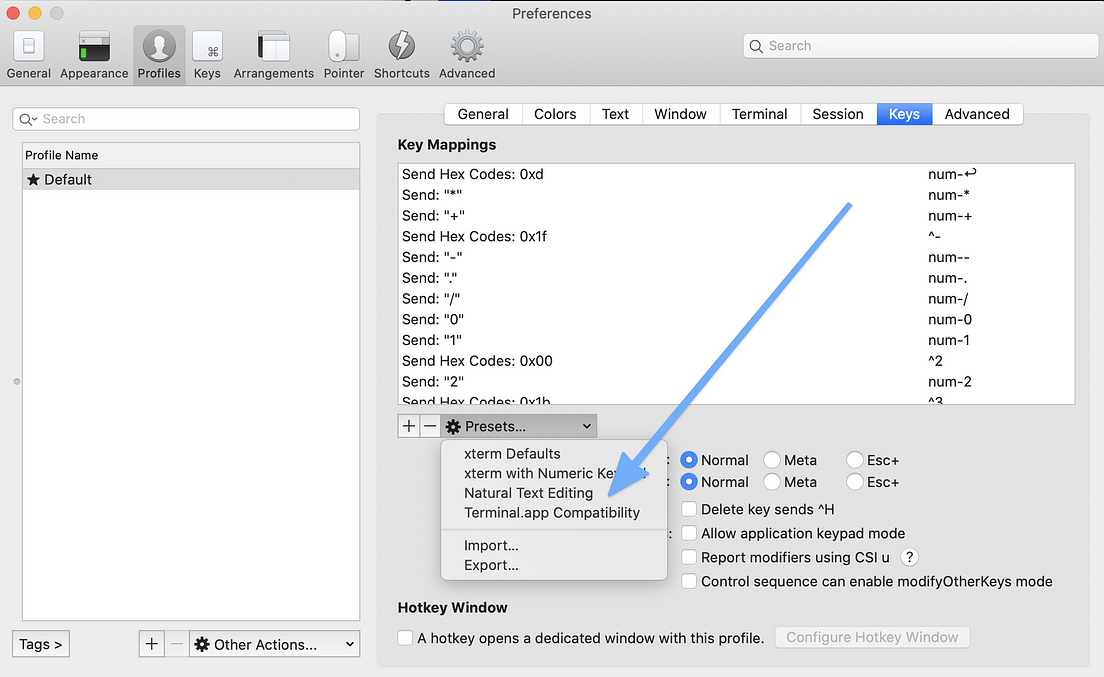

On scrollbars, I don't feel like I see any more scrollbars than in Mac or Windows. Perhaps you're seeing a small subset of potential i3 setups. This is common in the /r/UnixPorn community and frankly, I would never use it.
ITERM2 JUMP WORD WINDOWS
It's easy to come across lots of overly done up i3 setups, often using "i3-gaps" which is a modified (fork, I think) of i3 which introduces gaps between all windows and the screen edge in the name of prettiness. What am I missing? Maybe I'm good with what I've got. I don't see the advantage of i3 over Mac or Windows, or XFCE that I use in Linux. I am looking at the screenshots and videos for i3 and see a lot of scrollbars and wasted screen space. Window's Multiple Document Interface (MDI) has somewhat morphed into "Tabs" which still present only one tab/mode at a time. I see a lot of the same use on Windows where there is only one maximized app/mode at a time, even though one can tile, stack and overlap multiple windows.

With small screen phones, the screen is usually filled with only one app/mode at a time. I've wished there was an easy way to implement Zoom in other applications. The Finder has/had Zoom which would resize the window to the smallest size with no scroll bars. MPW had window splitting which was annoying. IIRC, the Mac II could support windows spanning across up to nine monitors of various resolutions, shapes, and bit-depths. The Mac would remember size and placement. I used Mac since the 1980s, and been able to tile windows, stack windows, and overlap windows. As a i3 user on Linux (which of course is in another league) this brings macOS kind of close enough in behaviour to not be too jarring for me when I jump from one to the other.Īnother one of my favourites is Paste and Match Style, which is absolute genius. I also disable "When switching to an application, switch to a Space with windows open for that application", otherwise clicking on a Dock icon jumps me to another Space when I just want to have the app activated. Since the total count is spread across display heads, I create 5 on my left screen and 5 on my right one. Make sure to disable "Automatically rearrange Spaces based on most recent use" under Mission Control pref pane to keep them predictable. You don't even have to have a third party app to snap left||right or maximise via the keyboard, as these are available (behind Option either in the menu or when hovering over the traffic lights, but once you bind them they're always there, example is my bindings):Ĭtrl+Option+Left: Move Window to Left of ScreenĬtrl+Option+Right: Move Window to Right of ScreenĪnd for multihead users there's "Move to ".Īgain in Keyboard pref pane, Shortcuts tab, under Mission Control there's also Switch to Desktop 1-N keyboard shortcuts but you first have to create as many virtual desktops (a.k.a Spaces) as you want to have all the shortcuts show up.
ITERM2 JUMP WORD PLUS
On the plus side, however, after a few weeks of this on Windows, I booted into a FreeBSD desktop and could navigate the system pretty well :) Some more details here: īeing able to map any menu item for any app in the Keyboard pref pane, Shortcuts tab by typing the exact label (case sensitive) is crazy. It's painful and I miss the macOS consistency a lot. I'm trying to retrain my hands and adapt to the non-macOS shortcuts.

Recently, though, and because that setup is problematic at times and because I decided to remove macOS altogether from my machine. You can see my AHK configuration here if you are interested in adopting something similar: For months, I fought those and tried to use macOS-like shortcuts on Windows. The different shortcuts on Windows were and still are super-painful. Until I tried to actually move off of macOS last year. I like how someone else described the "right side of the keyboard" as "keyboard Siberia" - I have not touched it for years and have not missed any of those special keys in minimalistic keyboards that don't have them. And the pervasive Emacs-like text navigation shortcuts throughout the system are productivity boosters. something that you can't appreciate until you experience it.

The dedicated Cmd key for most operations (which doesn't conflict with, say Ctrl+C in the terminal) is super-convenient. but once you have bought into them, they are kind of thing that turn into a deal-breaker when trying to move away from macOS. The macOS shortcuts seem like an easy thing to dismiss.


 0 kommentar(er)
0 kommentar(er)
